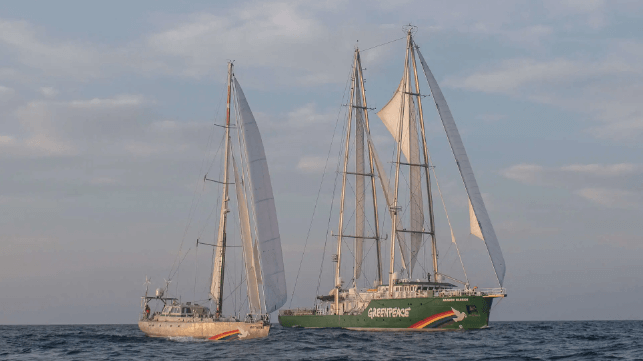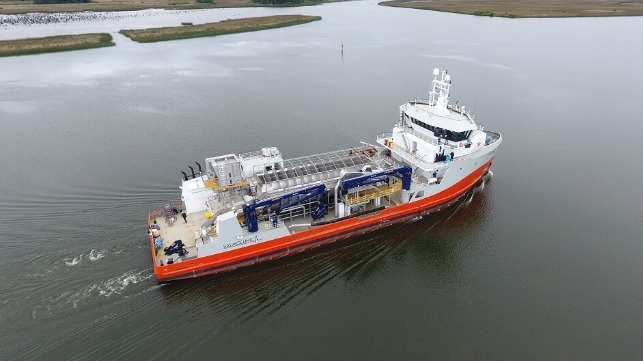Chilean yard ASENAV has been creating bespoke vessels for South American maritime operators since the 1970s, and it celebrates its 50th anniversary this year. The yard was founded by Eberhard Kossmann, a naval engineer who grew up in East Germany during the Cold War and found success in shipbuilding in the town of Valdivia. Though Kossmann passed last year, the family-run business continues his legacy of quality. To learn more, TME spoke with Germán Schacht, the firm’s Business Development and Marketing Manager.
Can you tell us how Eberhard Kossmann founded ASENAV and how its history and ethos influence the development of the shipyard?
At ASENAV, we admire our founder because his personal story also helped us better understand the values he imprinted on our company. In fact, we are very proud to continue his legacy: one that is deeply interested in quality, responsible to the client, and humane towards collaborators.
Eberhard Kossmann was born in Germany in 1936. He spent his childhood and youth in the former German Democratic Republic (GDR). He also studied Naval Mechanical Engineering and Naval Construction there. One night in 1961 at only 25 years old, he decided to swim across a lake to escape, convinced to change his destiny. He briefly stayed in Peru, but in 1962 he decided to settle permanently in Chile. By then, he had already reunited with his brother, and they dedicated themselves to representing German machinery brands. They both settled in Santiago and spent several years working together, becoming involved in Chilean culture.
In the early 1970s, taking advantage of his profession, Eberhard began to get involved in the shipbuilding industry. Thus, in 1971, the production promotion corporation (Corfo for its name in Spanish), a Chilean state agency, invited him to finish a ferry that the assigned shipyard could not deliver in Valdivia. The “Pincoya” ship came to solve different maritime mobility needs. Eberhard printed a seal of quality on that boat that would soon lead to different organizations and companies beginning to commission him with projects that required large facilities.
Regarding this growing need, he decided to establish Astilleros y Servicios Navales SA, ASENAV, in 1974. As the decades passed, quality, a sense of responsibility for delivery times, and safety throughout the production chain became hallmarks of our shipyard. The boom in the fishing industry in the 1980s also allowed us to continue positioning ourselves thanks to our commitment to customers and professional way of operating.
in 2008, ASENAV signed the first contract with the largest shipping company in the world, Maersk. This business included the construction of 2 offshore supply vessels (OSVs) for the Canadian North Sea, which have diesel-electric propulsion and Transport Canada compliant. The milestone represented the arrival in the “big leagues” for ASENAV since the success of the construction for Maersk positioned us as the leading private shipyard on the Pacific coast of Latin America. Later, 4 more ships would be made for the Danish shipping company.
A key element in our shipyard's history was our ability to resolve our clients' requirements. This translates into our flexibility to manufacture vessels for different industries, in the most varied sectors, and with different needs: passenger transport vessels, ferries, live fish carriers, fishing vessels, and tugboats, among others.
We believe that this explains why, today, 50 years after the birth of ASENAV, we are already the most important private shipyard on the Pacific Coast and the Caribbean, and we stand out for quality, commitment, and professionalism.
We are very happy to celebrate ASENAV's 50th anniversary this year: it is a milestone with which we will confirm our objective of continuing to have the structure of a family business, which will not compromise when it comes to continuing the immense legacy that left our founder.
Are there any projects that illustrate the growth of the shipyard over the decades?
All our projects are worth mentioning, since each one of them meant growth for ASENAV and has led us to consolidate ourselves in the construction of high-level ships in terms of engineering and details, both the ships for transporting live fish, polar tourism, offshore supply vessels, etc.
If we had to give an example, the projects with Maersk marked a before and after in the shipyard. If we go to the present, the current Magellan Discoverer project is something that raises us to the level of world-class shipyards.
What also makes us proud is that most of the designs are 100% ours, fulfilling our objective of doing Chilean engineering for Chileans. For example, the Patagón XI is the largest live fish carrier ever built in Chile, a complete source of pride for ASENAV.
What differentiates Asenav from its competitors today?
What differentiates us and makes us exclusive is that we develop ideas based on Kossmann's legacy and mind, since his teachings transcended each of us. On the other hand, we have an engineering department with a lot of experience, capable of building an excellent quality vessel from scratch without resorting to third parties. This is added, of course, to our great quality of commitment to each of our clients, to keep our word and make perfect planning to deliver what is requested on time.
Can you tell us about your future plans for the coming years?
The truth is that we are very expectant about what the future may have in store for us, especially after our successes in 2023 and so far, this year. What we know for sure is that we are now working to deliver current projects on time and on contract.
Our project 192, an Escort-type tug of RAstar 3200-W design from the naval engineering office Robert Allan Ltd, is on the verge of being ready for delivery. It is 32 meters long and has more than 80 tons of Bollard Pull. This is tug No. 33 built by the shipyard.
In our main plant, a ferry is on its way. It is our project NB 200, one of many delivered to Cruz del Sur. It is a high-standard transport solution for those travelling from the continental sector of Puerto Montt to the Big Island of Chiloé.
We are also working to ensure the prompt delivery of the Magellan Discoverer, the world's first hybrid cruise ship to operate in Antarctica. This ship, 100% designed by our engineers, will have a length of 94 meters, a beam of 17.2 meters, and capacity for 96 passengers and 67 crew members. Its propulsion system will be diesel-electric and include a battery bank and Azipod-type propulsion.
Added to this are our plans to continue moving towards the exploration of new energies. Today, ASENAV is fully enabled to manufacture hybrid vessels or even with new energies such as hydrogen. In that sense, shipowners thinking about manufacturing this type of ship will find in ASENAV a strategic partner to solve these needs.
We plan to continue modernizing the shipyard to make it increasingly competitive. The goal is always to grow. As part of growth, it is very important to be aware of the naval industry's environmental impact and how to reduce it as much as possible, and we will continue to contribute to decarbonizing the global maritime industry.
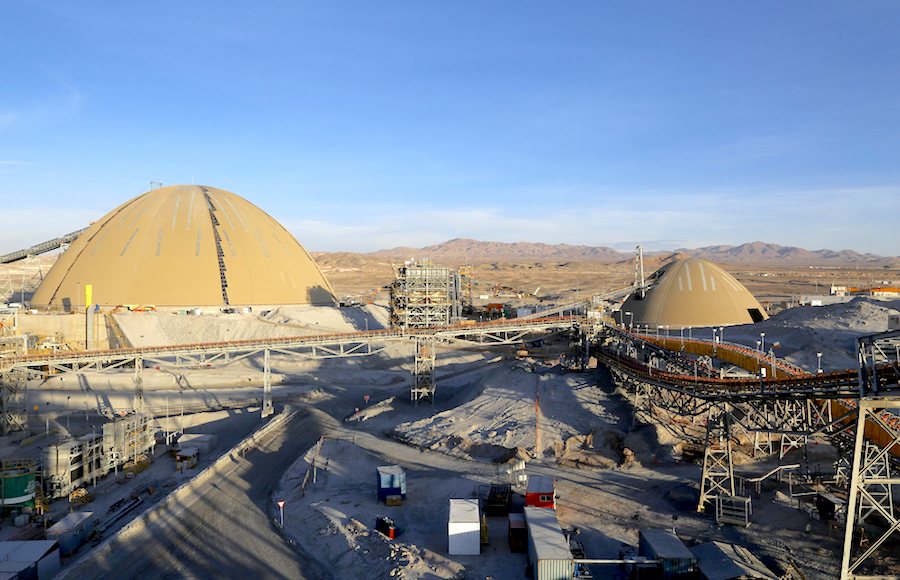

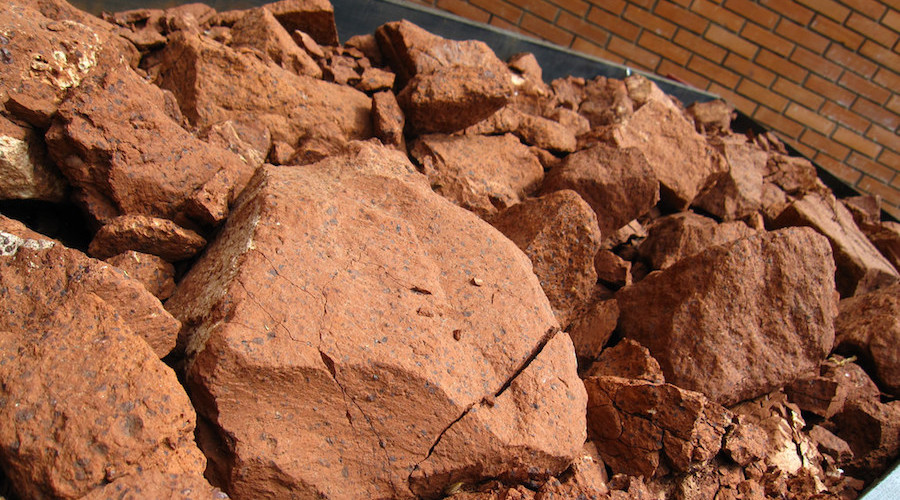


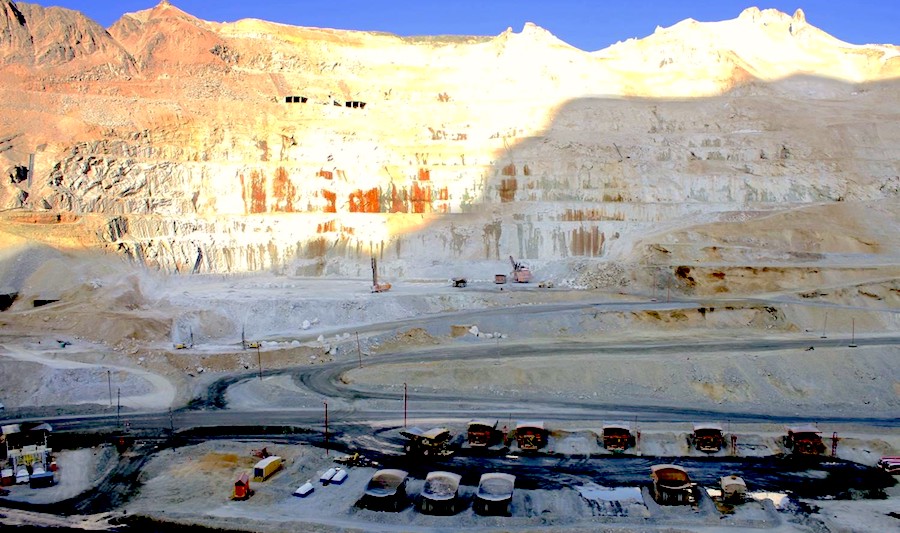
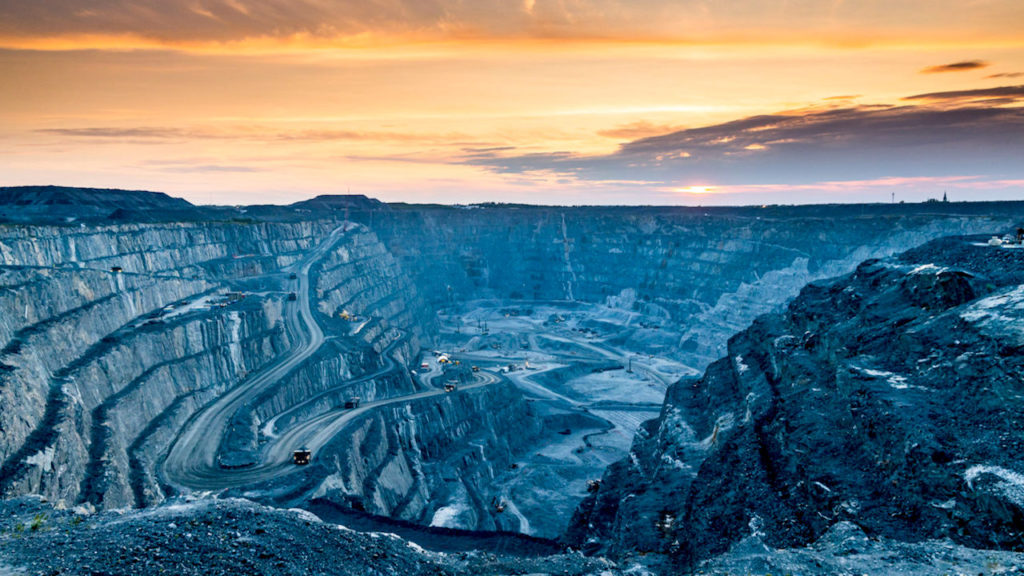
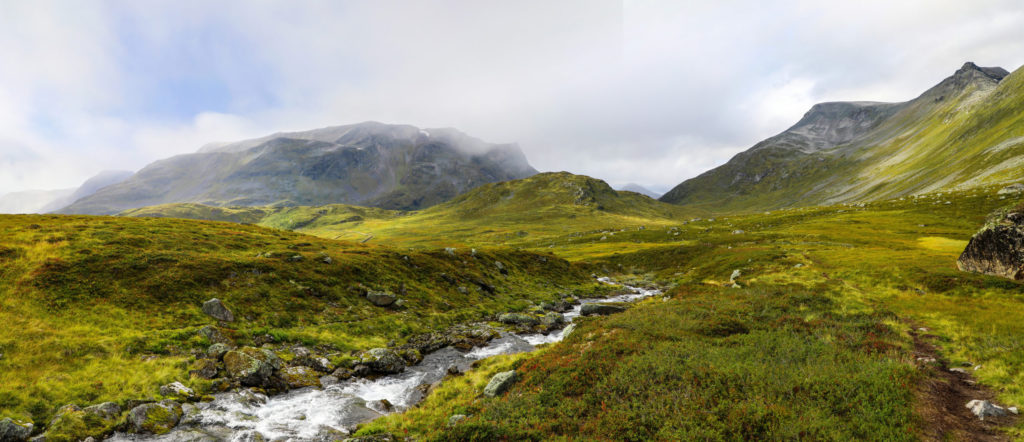
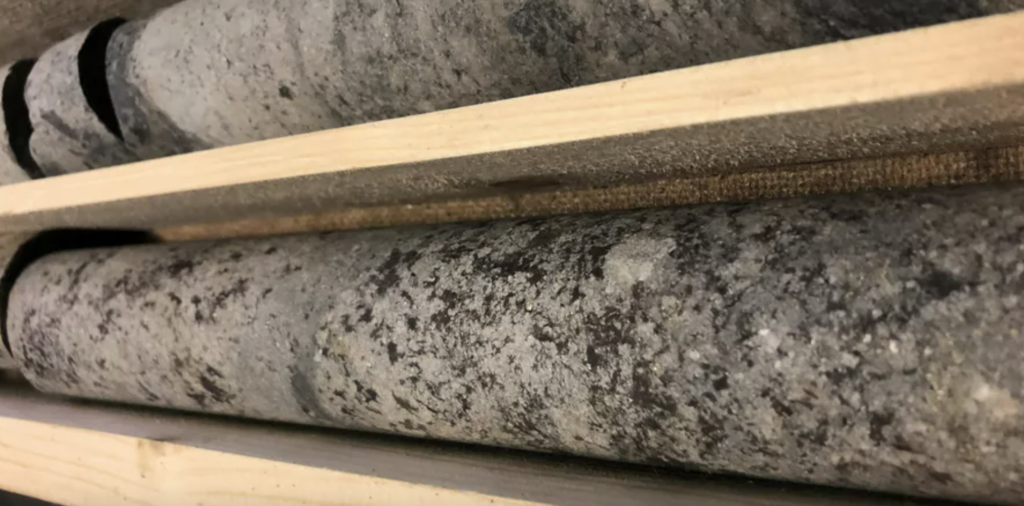
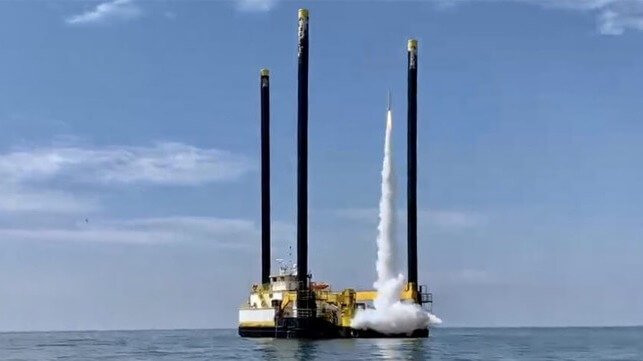
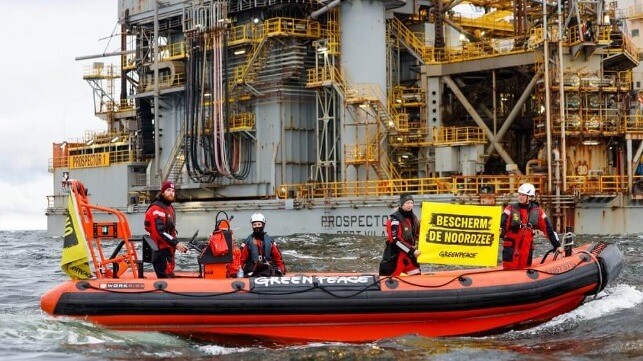 Activists at the Borkum project site (Axel Heimken / Greenpeace)
Activists at the Borkum project site (Axel Heimken / Greenpeace)